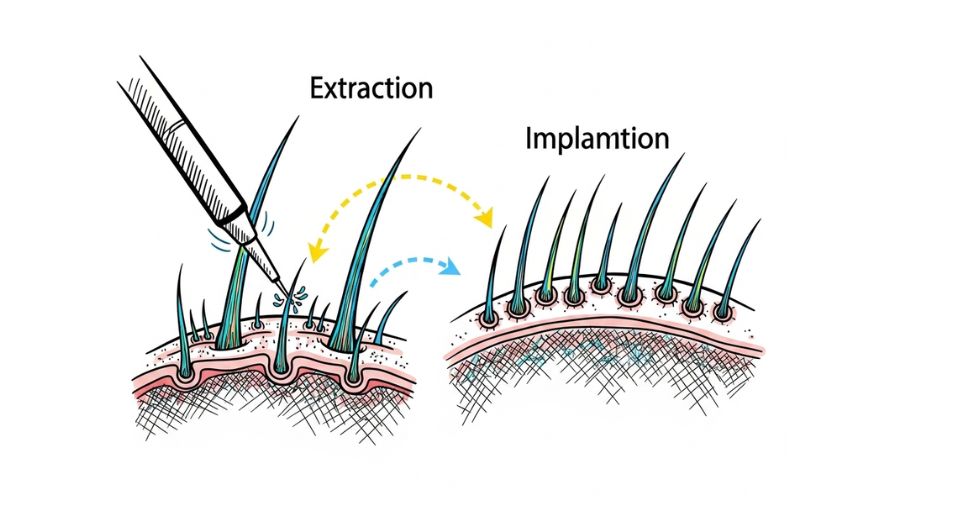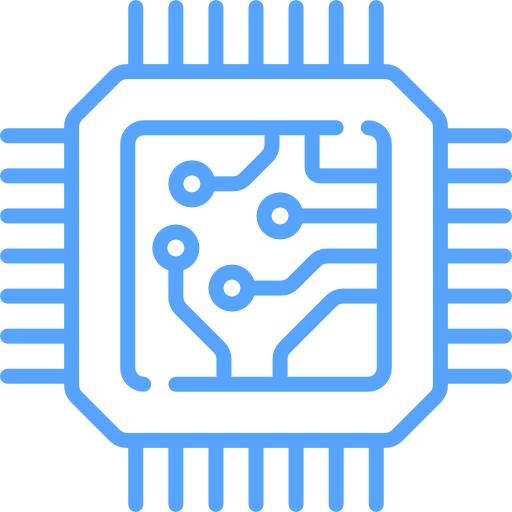Hair Transplant Market To Reach $12,997.05 Million by 2032

A revealing new overview by Metastat Insight explores the global hair transplant market, presenting a broad and detailed history forged through years of close observation and careful analysis. This comprehensive account shows profound practical knowledge, founded on more than a decade of hands-on engagement with technological developments and clinical advances. Rich in comments drawn from real-world experience and close observation of refining procedural advances, this report provides a mature perspective on multifaceted influences affecting the international hair transplant market. A sweeping review of recent trends uncovers consistent improvements in surgical methods and ancillary technologies used extensively in treatment centres.
Microscopes, precision robotics, and advanced extraction technologies get recurrent treatment, backed by systematic instrumentation developments and increasing operator skill. Clinicians with highly advanced instrumentation cross follicular units with greater caution and better results, facilitating wider acceptance among both patients and referring physicians. Spending on training and formal mentorship programmes guarantees technical proficiency continually grows in specialist centers, reinforcing high-quality delivery of the procedure. Technological trend towards minimally invasive delivery techniques is notable, particularly where patient comfort and recovery time have strong bearing on procedure choice. Attention to tool ergonomics, micro-motor calibration, and ergonomic handles assists in smoother procedures with less trauma and faster recovery.
When matched with incremental improvements in imaging and surgical planning, treatment accuracy increases through precise mapping of donor territories and recipient-site implantation design. Sophisticated graft placement techniques lead to natural aesthetic outcomes that replicate initial hair physiology. There has been a change in the model of service delivery that has seen significant augmentations in clinical service offerings. Supplemental regenerative therapy with growth factors, low-level laser therapy, and autologous cell preparations in addition to conventional transplant approaches completes the set of offerings. Healthcare providers who are able to integrate surgical and complementary therapeutic options draw notice from savvy clients who want multifaceted regrowth options.
Clinics that integrate procedural work alongside supportive therapies tend to create a more inclusive patient experience, building confidence and long-term commitment. Geographical coverage of advanced treatment facilities extends outside classic strongholds. Formerly concentrated specialist clusters have reached out into areas of emerging demand absorption, driven by indigenous investment in professional skill formation and international partnership models. Shared training programmes, collaborative forums, and observership schemes enhance capacity across far-flung locations, reducing differences in treatment access.
Associated procedural activity demonstrates widening dispersal of services, with increased access in formerly under-served environments. Patient motivations further evolve in significant ways. Lifestyle factors, brand identification, and cosmetic concerns intersect in the choice of surgical hair restoration. Media representation of youthful looks and revived self-esteem has subtle but ongoing effect on consumer attitudes. Social interaction with peers and social networking provide testimonies of success, spreading perceptions of safety, effectiveness, and satisfaction. Clinic reputations based on visible results and patient testimonials create word-of-mouth impact, reinforcing interest in presented choices.
Regulatory and reimbursement environments exert subtle influences on procedural adoption. Differing levels of regulation cross over with procedural classification, impacting support eligibility and insurance regimes. Jurisdictions approving surgical hair restoration through therapeutic allowances usually see higher clinical volume, whereas those treating procedures as cosmetic usually see higher out-of-pocket spending by patients. Clear regulatory channels and developing standards for procedural safety vary further to stimulate clinician involvement and institutional acceptance, facilitating pathways toward broader adoption.
Marketing and communications methods attuned to sophisticated viewers carry greater importance. Treatment stories narrated by brands through expert visual curation engage potential patients successfully. Clarity in anticipating process, recovery path, and aesthetic philosophy puts people who are in the process of making decisions at ease.
Clinics utilize online media to deconstruct procedural protocols, commemorate patient endorsements, and provide behind-the-scenes insights, fostering real engagement. Virtual consultations and initial evaluations extended through electronic channels offer initial reassurance to first-time inquiry-seekers, facilitating informed conversation and commitment. Facility upgrades are also prominent. Day-clinic modalities with private recovery suites, specifically calibrated lighting for grafting site placement, and air-filtered surroundings provide a sense of serene professionalism.
Facilities that are attuned to cleanliness protocols, surgical ergonomics, and outcomes documentation encourage operational accuracy and uphold confidence. Referral networks that connect dermatologists, endocrinologists, and cosmetic specialists enhance multidisciplinary collaboration, expanding patient pathways subtly while affirming entry points to treatment centres. Cost-structure dynamics are watched closely. Equipment amortization, consumable upgrades, and employee training all have a direct influence on clinic economics.
Clinics that effectively schedule, batch process grafts, and utilize resources are able to sustain desirable service offerings. Arrangements with suppliers of specialty disposables facilitate flexible procurement strategies that adapt to volatile procedural volumes. Simple supply-chain strategies allow clinics to maintain quality delivery while balancing overhead factors. Developing scientific research continues to draw interest from reflective onlookers.
Research into stem-cell-derived culture media, extracellular matrix scaffolds, and new cellular delivery systems indicates a possible increase in graft survival rates. Experimental in-situ regenerative strategies currently in research phases present compelling directions towards integrating transplantation with cellular regeneration in integrated sessions. This long-term vision is a testament to continued observation of process development, clinical competence, and infrastructure adjustment.
Professional voices articulate incremental coming together of clinical best practices and patient expectations in scattered regions. Focus on patient comfort, procedure tailoring, and outcome predictability remains strongly rooted in functional priorities. Links between aesthetic nuance and technical delivery emerge at every procedural moment.
This description comes full circle by returning to the overall profile that was first introduced. Coming back to the compelling summary put forward by Metastat Insight regarding the worldwide hair transplant market using an approach based on seasoned industry expertise reaffirms the richness and vibrancy defining today's treatment environment. Ongoing monitoring and close reporting will ensure that this broad landscape continues to provide valuable insights and inform subsequent discourse.
Drop us an email at:
inquiry@metastatinsight.com
Call us on:
+1 214 613 5758
+91 73850 57479
 Agriculture
Agriculture
 Aerospace and Defense
Aerospace and Defense
 Automation & Process Control
Automation & Process Control
 Automotive and Transportation
Automotive and Transportation
 Banking & Finance
Banking & Finance
 Biotechnology
Biotechnology
1.png) Chemicals and Materials
Chemicals and Materials
 Consumer Goods
Consumer Goods
 Energy and Power
Energy and Power
 Food and Beverages
Food and Beverages
 Healthcare IT
Healthcare IT
 Information & Communications
Information & Communications
 Manufacturing and Construction
Manufacturing and Construction
 Packaging
Packaging
 Healthcare
Healthcare
 Electronics and Semiconductor
Electronics and Semiconductor
 Medical Devices
Medical Devices







 US: +1 3023308252
US: +1 3023308252






